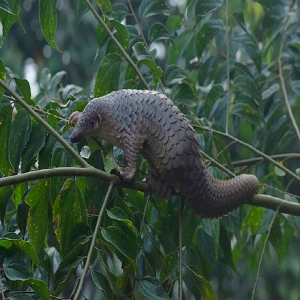 Smart Citations
Smart CitationsSee how this article has been cited at scite.ai
scite shows how a scientific paper has been cited by providing the context of the citation, a classification describing whether it supports, mentions, or contrasts the cited claim, and a label indicating in which section the citation was made.
Ethnozoological uses of wild animals among the Iraqw in Northern Tanzania
Historically, humans have developed knowledge of how to exploit and use wildlife species for food, clothing, traditional healing, and other purposes. This study aimed to determine the scale and scope of the ethnozoological uses of wild animals in the Iraqw community, in northern Tanzania. The study used semi-structured face-to-face questionnaire interviews with 45 key respondents in Endagaw, Mewadan, and Ng’wandakw villages in Mbulu District, to acquire the required data. The results found that 28 wild animal species including mammals (13 species), birds (12), insects (1), fish (1), and reptiles (1) were used by Iraqw for different purposes. Most species (n=23) were used mainly for food, namely helmeted guinea fowl (Numida meleagris), African savanna hare (Lemus microtis) and Hildebrandt’s francolin (Francolinus hildebrandti), while other wild animals were used for medicine, traditional beliefs, and rituals. This study provides information on the historical human-nature relationships and a baseline for developing future conservation efforts in the region to protect wild fauna. We recommend similar studies on other traditions and/or modern usages of wildlife to improve protection worldwide and that actions be taken to heighten community awareness of ethnozoological uses of faunal resources to ensure retention of this knowledge for future generations.
How to Cite

This work is licensed under a Creative Commons Attribution-NonCommercial 4.0 International License.
PAGEPress has chosen to apply the Creative Commons Attribution NonCommercial 4.0 International License (CC BY-NC 4.0) to all manuscripts to be published.









